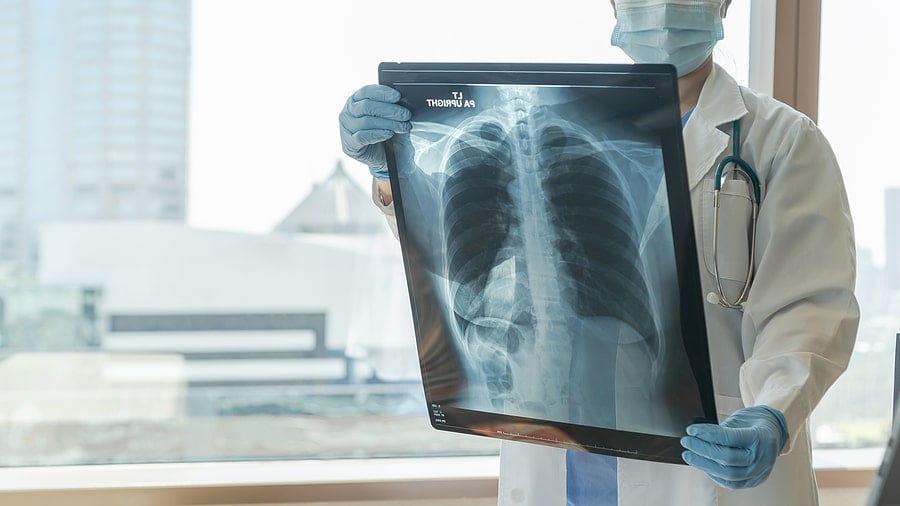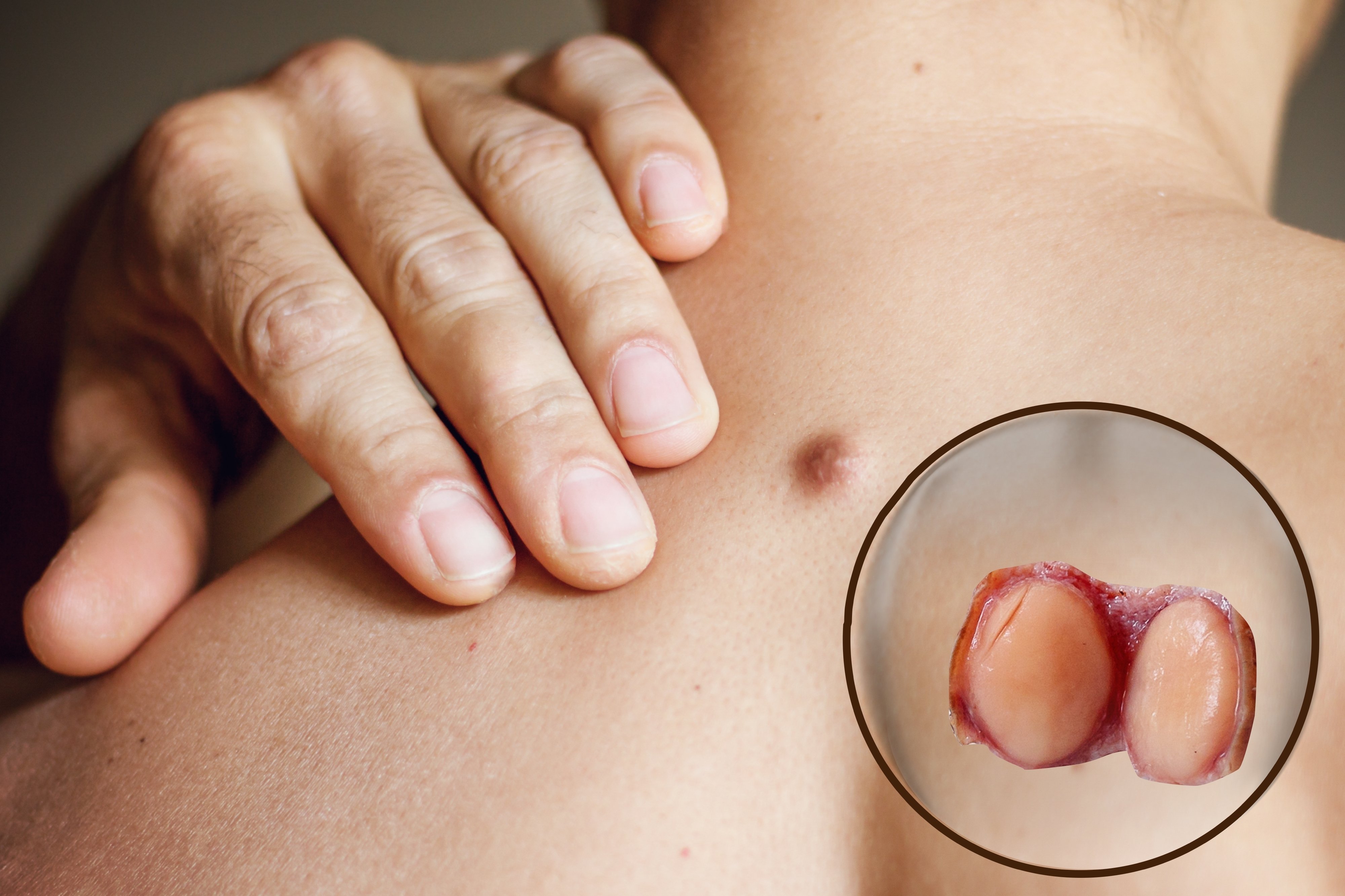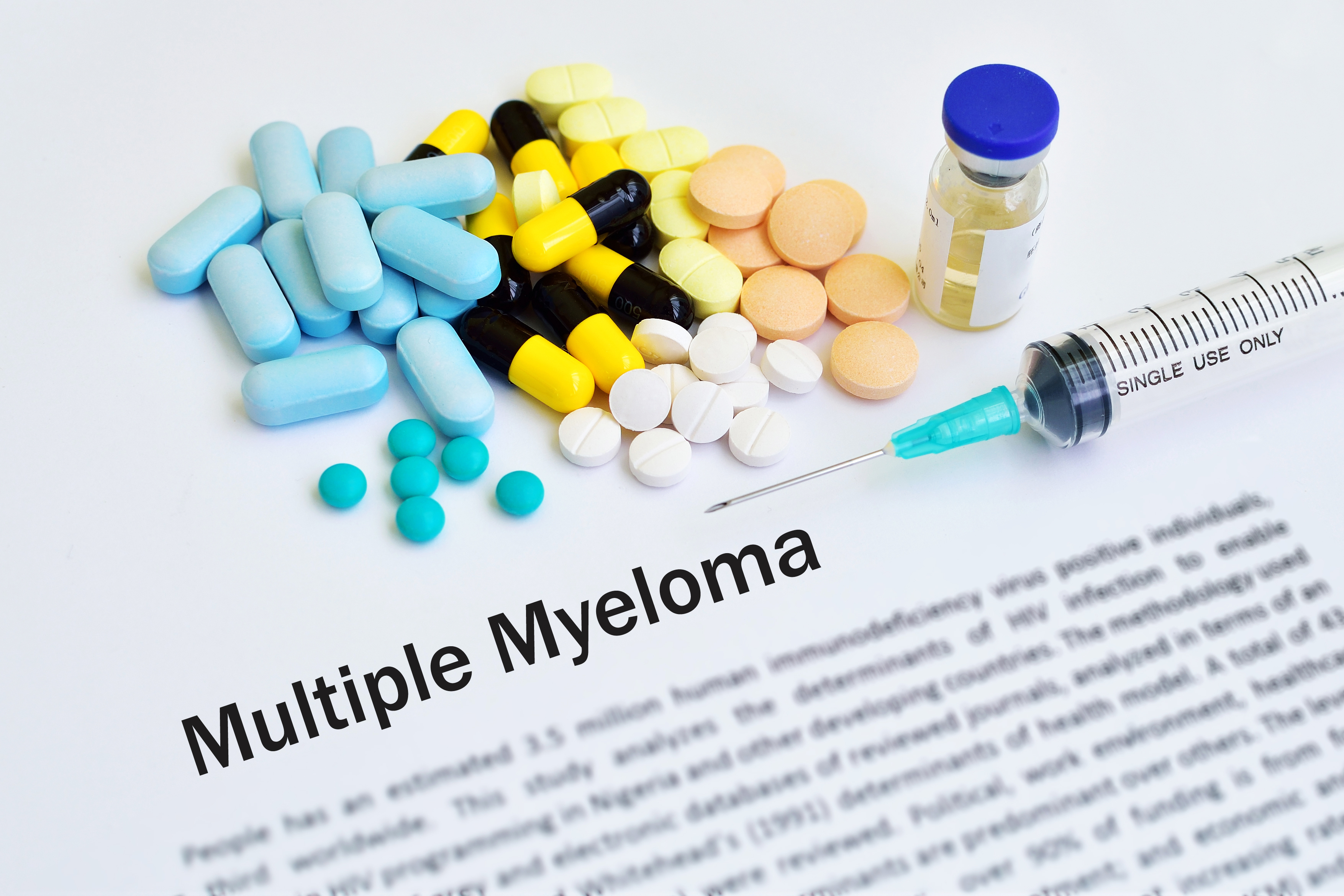New Advancements in Research for 9/11-Related Sarcoma

Since the terrorist attacks, 9/11-related sarcomas – rare cancers that can affect soft tissue and bone – have been diagnosed in downtown residents, workers, and responders. While sarcomas are rare, anyone who lived, worked, or was otherwise present in lower Manhattan and the surrounding area on 9/11 and into mid-2002 is at an increased risk of developing sarcoma due to exposure to toxic dust, chemicals, and smoke.
What is 9/11-Related Sarcoma?
Sarcomas are a group of rare cancers that develop in the bones and connective tissues that support structures in the body, like blood vessels, muscles, fat, nerves, ligaments, and joints. 9/11-related sarcoma cases have been linked to exposure to the hazardous substances released into the air during the aftermath of the attacks, particularly by those present in the World Trade Center (WTC) exposure zone (all of lower Manhattan south of Canal Street) or first responders and clean-up crews who handled the debris in any location such as Fresh Kills or the Morgue. The toxins found in the 9/11 dust included heavy metals, asbestos, pulverized concrete, and other carcinogens known to increase the risk of developing cancers like sarcomas.
Sarcomas can be found in various parts of the body, with the majority being found in the arms and legs (60%). They can also be found in the pelvis, chest, spine, head, neck, buttocks, retroperitoneum (back of the belly), and uterus. Sarcomas make up only 1% of adult cancers, but comprise about 15% of childhood cancers.
Soft tissue sarcomas, which are cancers that originate in soft tissues, include a variety of subtypes and are of particular concern because they often spread quickly and are challenging to treat. Primary bone cancer originates in the bone and includes osteosarcoma, chondrosarcoma, chordoma, Ewing’s sarcoma, and fibrosarcoma. As more Downtown residents, civilian workers, and responders are diagnosed with 9/11-related sarcomas, there is an urgent need for new treatment options. Research supported by the World Trade Center Health Program (WTCHP), National Institute for Occupational Safety and Health (NIOSH), and other organizations continues to explore innovative approaches to combat these rare but aggressive cancers. Advancements in immunotherapies and targeted drug therapies in particular are bringing hope to those diagnosed with 9/11-related sarcoma.
Advancements in Research For 9/11-Related Sarcoma to Know
There have been a handful of promising advancements in research regarding 9/11-related Sarcomas.
Engineered Cell Therapies
One of the most promising areas of research in 9/11-related sarcoma treatment involves engineered cell therapies, which leverage the body’s immune system to target and destroy cancer cells. Engineered cell therapies, like CAR T-cell therapy, modify a patient’s own immune cells (called T-cells) in a lab to recognize and attack cancerous tissue. These cells are then reintroduced to the body where they can seek out and destroy the cancer. Until recently, this form of immunotherapy has only been used in treating blood cancers, but results from a clinical trial led by Memorial Sloan Kettering Cancer Center (MSK) sarcoma specialist and immunotherapy expert Sandra D’Angelo, MD., and published in the Lancet, showed promising results. This led the U.S. Food and Drug Administration (FDA) to grant accelerated approval for the engineered cell therapy called afamitresgene autoleuecel (Tecelra® or afami-cel), for the treatment of adults with a rare soft tissue cancer called synovial sarcoma.
T Cell Receptor Therapy
Another form of immunotherapy, T-cell receptor (TCR) therapy, has shown promise for the treatment of some sarcomas. TCR therapy involves genetically modifying a patient’s own immune cells to recognize specific proteins on the surface of cancer cells. Once these cells are reintroduced into the patient’s body, they can seek out and destroy the cancer cells more effectively.
A clinical trial led by researchers at Washington University School of Medicine in St. Louis has shown that T-cell immunotherapy has the potential to treat cancers with known mutations or specific proteins that make them vulnerable to immune-based treatments. For 9/11-related sarcomas, where conventional treatments like chemotherapy and radiation may not be as effective, TCR therapy could offer a breakthrough.
Modified Adenovirus Therapy
Modified adenovirus therapy is a novel approach being studied in sarcoma treatment. Adenoviruses, which typically cause mild respiratory illnesses, can be genetically altered to target and kill cancer cells. This therapy harnesses the virus’s ability to infect cells and replicate, destroying the cancer in the process.
In sarcoma research, adenovirus-based therapies are being modified to selectively infect and attack cancerous cells without harming healthy tissue. Clinical trials, such as one by the MD Anderson Center, have demonstrated early success in shrinking tumors and slowing disease progression in some patients. For those with 9/11-related sarcomas, this therapy offers hope for an alternative treatment that could improve survival rates and quality of life.
LINGO1 As a Drug Target
Recent studies have identified LINGO1, a protein associated with nervous system development, as a potential drug target and biomarker for sarcoma treatment. Research has found that LINGO1 is overexpressed in certain types of sarcoma, particularly in those aggressive forms that are resistant to conventional therapies. By targeting LINGO1, scientists hope to develop drugs that can block its activity and slow the growth of sarcoma cells.
This discovery opens up new possibilities for treating 9/11-related sarcomas, especially for patients whose cancers do not respond well to traditional treatments like surgery or radiation. Drugs targeting LINGO1 could be used alone or in combination with other therapies to improve outcomes for sarcoma patients.
What These New Advancements Mean For Your 9/11-Related Sarcoma
For those who either lived, worked, or were otherwise in Lower Manhattan on or in the many months after 9/11 and have since been diagnosed with related sarcoma, there is a presumption that the sarcoma is likely related to the 9/11 fallout. Advancements in treatment research, however, represent a new wave of hope. The innovations in engineered cell therapies, TCR therapy, modified adenovirus therapy, and the identification of new drug targets like LINGO1 are reshaping the future of cancer treatment. Patients may soon have access to more personalized and effective treatments that increase survival rates and enhance quality of life.
It’s essential for individuals diagnosed with sarcoma after exposure to 9/11 toxins to stay informed about new treatment and diagnostic options. The WTCHP provides comprehensive care for 9/11-related conditions, including sarcoma, and can offer access to cutting-edge therapies as they become available. Additionally, the September 11th Victim Compensation Fund (VCF) offers financial compensation for those suffering from 9/11-related conditions such as sarcoma, helping to cover medical expenses, lost wages and benefits, pain and suffering, and other costs associated with 9/11-related health conditions.
If you or a loved one has been diagnosed with sarcoma after living or working in Lower Manhattan in 2001-2002, seeking legal guidance from an experienced 9/11 attorney can help you navigate the process of filing for compensation through the VCF and ensure that you receive the medical care and support you need. Reach out to the dedicated 9/11 attorneys at Hansen and Rosasco, LLP today to find out if you’re eligible.



